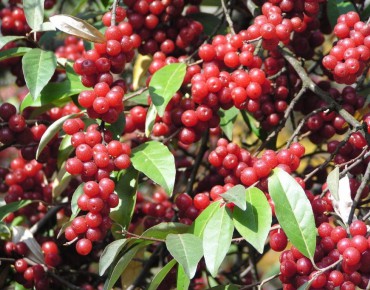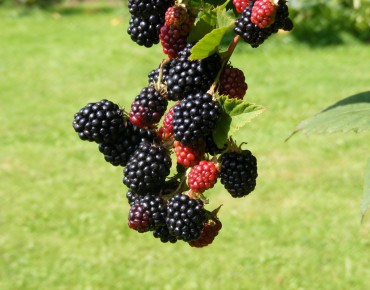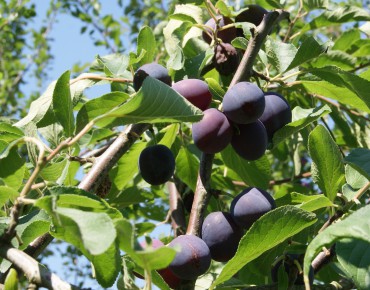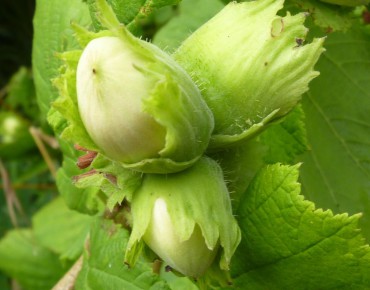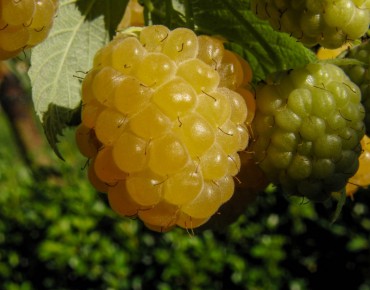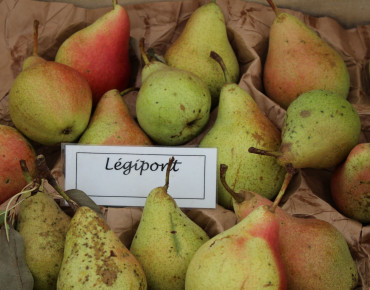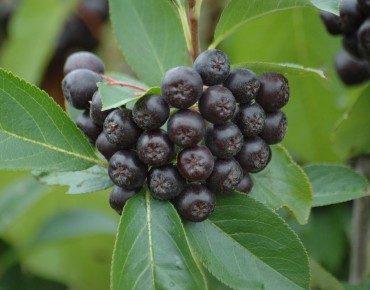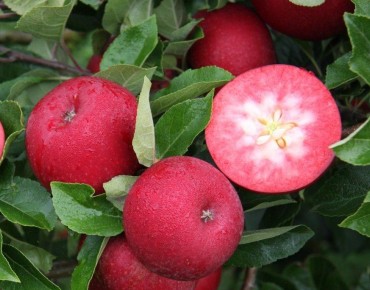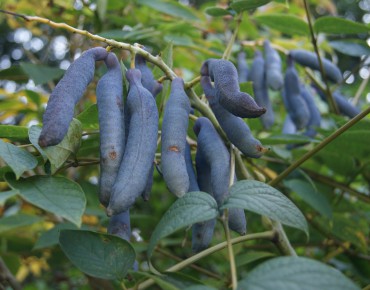- novelty
- New
Nashi Pear Shinseiki
Pyrus pyrifolia 'shinseiki'
Description
Nashi Pear Shinseiki – Pyrus pyrifolia 'Shinseiki'
Main interest of the plant
The Nashi Pear ‘Shinseiki’ is a Japanese variety prized for its ease of cultivation, natural disease resistance, and its round, crisp, sweet fruits with an apple-like texture. Being self-fertile, it reliably produces fruit, with an early bloom and generous harvest from late August. Grafted as a low-stem tree, it's well suited to home gardens and small orchards.
Origins and characteristics
Origin: Japan, hybrid of ‘Nijisseiki’ and an unknown variety, selected in the 1940s
Botanical family: Rosaceae
Notable features: Also called "apple-pear" for its round shape and crisp texture; widely cultivated across Asia
Description and features
Mature height: 3 to 4 m (low-stem form)
Mature spread: 2.5 to 3 m
Habit: Slightly weeping, well-branched
Bark: Smooth, light brown to grey
Foliage: Deciduous, dark green, large and thick leaves
Growth rate: Medium to vigorous
Hardiness: Excellent, down to -20 °C
Flowering and fruiting
Blooming period: March to April (early to mid-season)
Flower description: Clusters of white flowers, rich in nectar
Fruits: Round, light yellow-green, smooth thick skin, white crisp flesh, very juicy, sweet and flavorful, with no acidity
Harvest: Late August to early September
Storage: Up to 3 weeks in a cool, dry place
Light and soil
Ideal exposure: Sunny and sheltered
Soil type: Deep, loose, humus-rich, well-drained
pH: Neutral to slightly acidic
Planting
Soil preparation: Loosen soil to 40–50 cm depth. Mix the extracted soil with well-rotted compost or orchard-grade potting soil. In heavy soils, provide drainage (gravel or coarse sand).
Planting: Position the graft union well above ground. Install a sturdy stake to support the young tree and mulch generously to retain moisture and suppress weeds.
Planting season: November to March (outside frost periods)
Watering
At planting: Water thoroughly at planting, then regularly during the first year
At maturity: Low to moderate needs; appreciates summer watering during heatwaves
Pruning
When and how to prune: Shape as a vase or central leader in the first 3 years, then lightly prune each winter to open the canopy
Propagation
Method: Grafted on quince or Pyrus communis for controlled development
Uses in the garden
Ideal location: Edible garden, fruit hedge, family orchard
Recommended plant companions: Other Nashi trees, apples, aromatic herbs (garlic, borage, oregano)
Traditional uses
Description: Popular in Asia for its sweet flavor, refreshing effect, and digestibility. Eaten raw, grated, or juiced.
Pest and disease protection
Vulnerabilities: Very resistant to scab and fire blight
Natural prevention: Mulch, thinning cuts, horsetail or garlic spray
Tips for good growth
Practical advice: Sunny location, avoid excess moisture, ensure good airflow around the tree
Cultivar specifics
‘Shinseiki’ is self-fertile, and also serves as a good pollinator for other Nashis like ‘Hosui’ and ‘Kosui’. It stands out for its sugar-rich flesh, early ripening, and uniform fruit shape.
Features
- Common name : Nashi Pear Shinseiki
- Family : Rosaceae
- Category : grafted low stem fruit tree
- Spread : 2.5 to 3 m
- Foliage : deciduous
- Fruit : Round, yellow-green fruit, smooth, thick skin, crisp white flesh, very juicy, sweet and aromatic, no acidity
- Harvest : Late August to early September
- Use : isolated - orchard
- Soil : neutral to acid
- Enemies : aphids - caterpillars
- Possible diseases : resistant to diseases
- rootstock : Cydonia Oblonga K.Adams
Expédition & livraison
How does the delivery work?
 As soon as you place your order your plants are selected
As soon as you place your order your plants are selected Each order is processed individually.
Each order is processed individually. Plants are packed, staked and labeled.
Plants are packed, staked and labeled. Packaging is carefully implemented to avoid any problems.
Packaging is carefully implemented to avoid any problems. Packages are ready to be shipped.
Packages are ready to be shipped.
Our delivery methods
Shipping of our plants throughout Europe (except overseas and islands).
Customer reviews











